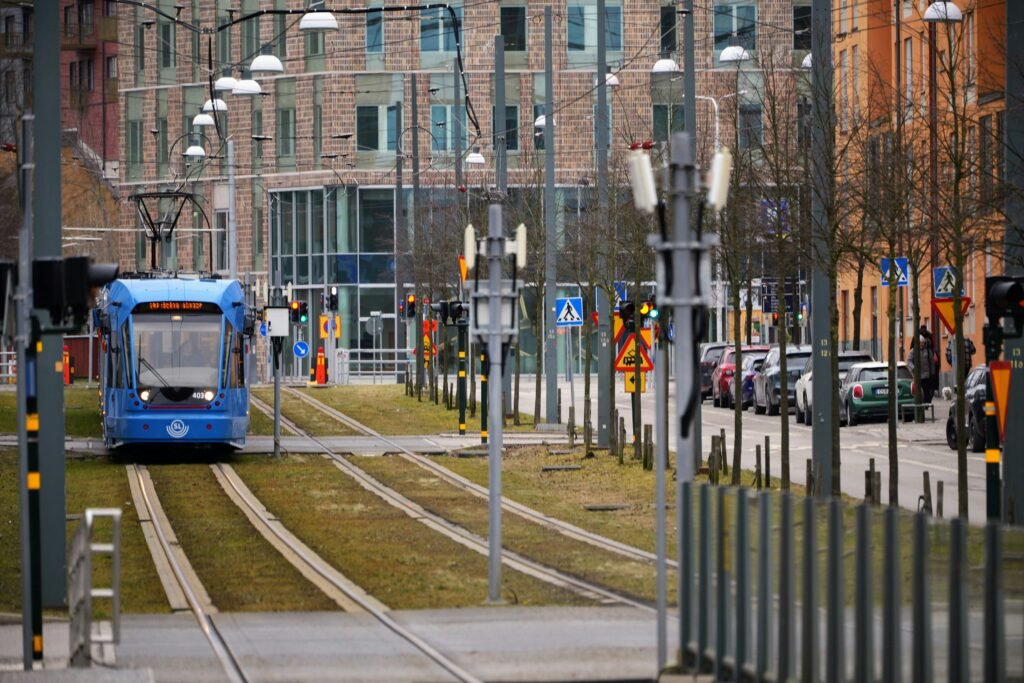Is there a way to ensure your travels are both safe and illuminating? Safe travel has always been paramount, whether one is venturing across town or around the globe. In today’s fast-paced world, the pursuit of safety might seem daunting, but accurate information and strategic planning can significantly lighten this load.

This image is property of images.unsplash.com.
Table of Contents
Safe Journeys to Brighten Your Path
Overview
In the quest to journey safely, understanding the broader context and utilizing relevant, factual data is essential. Modern travelers need more than just a map; they require comprehensive intelligence that fosters both security and enjoyment. This article aims to provide an expansive view on how to facilitate safe journeys, backed by reliable evidence and expert recommendations.
Thesis Statement
This article will explore practical tips and proven methods to ensure safe travels. By delving into historical contexts, current trends, and detailed examples, it will teach readers how to navigate their journeys safely and confidently. Whether you are a seasoned traveler or planning your first trip, this guide will provide valuable insights to brighten your path.
Historical Context
Origins of Travel Safety Concerns
The notion of safe travel is not new; it has historical roots deeply woven into the fabric of human exploration. Early travelers, including merchants on the Silk Road and sailors during the Age of Discovery, faced numerous perils such as banditry, piracy, and natural obstacles. These historical antecedents underscore the timelessness of travel safety.
Evolution Over Time
As global trade and cultural exchanges flourished, the need for safer travel became more pronounced. Innovations such as maps, compasses, and later, technological advancements in transportation and communication, played crucial roles in mitigating travel risks. Today, we benefit from centuries of accumulated knowledge and technological prowess aimed at fostering safe journeys.
Current Trends
Technological Advancements
The digital age has revolutionized travel safety. GPS technology, real-time traffic updates, and smart security systems have drastically enhanced the ability to travel safely. Mobile applications provide instant access to safety alerts, weather conditions, and even virtual medical consultations.
Social Media and Information Dissemination
Platforms like Twitter and Facebook have become instrumental in disseminating real-time safety information. Government agencies and travel organizations use these platforms to update travelers about potential hazards and provide necessary actions to ensure safety.
Health and Travel
In a post-pandemic world, health has become a primary concern for travelers. Innovations in healthcare, such as telemedicine and better global health surveillance, are critical in ensuring that one’s journey remains free from health-related disruptions.
Key Concepts and Definitions
Travel Insurance
Travel insurance is a safety net that covers various risks associated with travel, including trip cancellations, medical emergencies, and lost belongings. Understanding its terms, benefits, and limitations is crucial for any traveler.
Risk Assessment
Risk assessment involves evaluating potential travel risks and implementing measures to mitigate them. This process includes understanding political stability, health risks, and environmental conditions of the destination.

This image is property of images.unsplash.com.
Break It Down
Pre-Travel Preparations
Research and Planning
Effective travel safety begins with thorough research and planning. Knowledge about the destination’s culture, political climate, crime statistics, and local customs is invaluable. Official travel advisories and reviews from other travelers can provide insights into potential hazards and how to avoid them.
Packing Essentials
Packing wisely can significantly reduce potential travel stress. Essential items include a first-aid kit, necessary medications, emergency contact information, and relevant travel documents. It’s also prudent to pack copies of important documents and emergency essentials in multiple bags.
During Travel
Staying Connected
Maintaining a line of communication with family or friends is critical. Inform them about your itinerary and check in regularly. Technology can aid this – applications like WhatsApp, Skype, and local SIM cards are practical tools for staying connected.
Vigilance and Situational Awareness
Remaining alert and aware of your surroundings is indispensable. Pay attention to local news, follow safety advisories, and be cautious in unfamiliar environments. Trusting your instincts and avoiding isolated areas, especially at night, can prevent unwanted incidents.
Post-Travel
Health Monitoring
Upon returning from a journey, monitoring health for any unusual symptoms, especially if visiting areas prone to specific diseases, is wise. Reporting any concerns to a healthcare provider promptly is essential.
Learning and Reflecting
Reflecting on the travel experience allows for identifying any safety gaps and learning from them. This reflection helps in planning future travels more effectively and safely.
Example 1: Case Study
Safe Journey to Japan
Japan is renowned for its safety and low crime rates, but even this country requires adherence to safety protocols. A case study featuring a family trip to Japan highlights the importance of preparation. The family researched their destinations, communicated their plans with relatives back home, and used technology for navigation and safety updates. They used local emergency numbers and were vigilant, leading to a safe and enjoyable trip.

This image is property of images.unsplash.com.
Example 2: Case Study
Business Trip to Nigeria
Contrarily, a business trip to Nigeria, a country with known security issues, required more stringent measures. The traveler engaged a local security firm, stayed in secured accommodations, and used trusted transport services. These precautions, grounded in factual risk assessment, resulted in a secure and successful business trip.
Compare Different Points of View
| Aspect | Developed Country (e.g., Japan) | Developing Country (e.g., Nigeria) |
|---|---|---|
| Crime Rates | Low | Moderately High |
| Healthcare Facilities | Advanced | Varied (Urban vs. Rural) |
| Political Stability | High | Variable |
| Emergency Response | Robust | Inconsistent |
| Technological Infrastructure | Highly Developed | Emerging |
Analyzing different perspectives provides a balanced view of the variations in travel safety requirements across different regions. Each situation necessitates tailored strategies to ensure safety.

Impact Assessment
Technological Impact
Advancements in technology, such as mobile safety apps and online advisory platforms, have made real-time safety information easily accessible, significantly reducing the uncertainty of travel. This emphasis on utilizing reliable data enables informed decision-making and proactive risk management.
Social and Political Impact
Global awareness of social and political climates has a profound impact on travel. Awareness of geopolitical tensions or civil unrest can steer travel plans and prompt the adoption of additional safety measures.
Future Directions and Implications
Predictions for Travel Safety
The future of travel safety lies in the intersection of technology and information. Advancements such as artificial intelligence, enhanced biometric security, and automated safety systems promise to elevate travel safety protocols. Predicting safer travel experiences hinges on integrating these technologies into mainstream travel practices.
Implications on the Industry and Society
Enhanced travel safety significantly impacts the travel and tourism industry, bolstering traveler confidence and promoting tourism economies. Societal implications include increased global understanding and cultural exchange, fostering a more connected and empathetic world.
Reflective Question
Given these insights into the evolving landscape of travel safety, how do you think these measures will shape your future travels? Reflecting on this question encourages readers to engage with the content and apply it to their personal experiences.

Conclusion
In summary, ensuring safe journeys demands comprehensive preparation, adept use of technology, and constant vigilance. By integrating historical perspectives and adapting to current trends, travelers can significantly mitigate risks and focus on the enriching experiences that travel affords. As illustrated through case studies and data-backed comparisons, informed precautions pave the way for safer and more enjoyable journeys.
Final Thoughts
Returning to our initial question, the pursuit of safe travel is indeed achievable with informed strategies and proactive measures. Engaging deeply with available resources, reflecting on past experiences, and adapting to new technological innovations collectively brighten the path ahead. What do you consider the most crucial element in planning a safe journey?
For further reading on travel safety, consider exploring related topics within our internal links on Trip Preparations, Travel Health, and Technological Innovations in Travel.
130+ safe journey messages, quotes and prayers to send your loved ones
